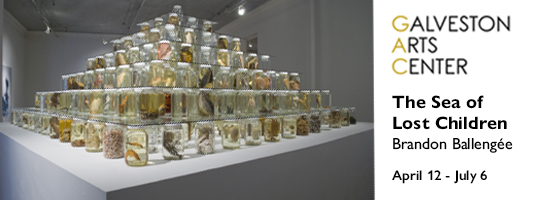Ade Omotosho couldn’t think of a more perfect topic for his first big exhibition. While in school, the Dallas Museum of Art’s newly appointed Nancy and Tim Hanley assistant curator of contemporary art specialized in the global Black diaspora, and now he’s curating the Dallas leg of Afro-Atlantic Histories, Oct. 22, 2023-Feb. 11, 2024.
“This feels like the ideal first project to begin my time here at the DMA,” says Omotosho. “It connects to so many intellectual questions I was pursuing as an undergrad at UT Austin, and that have guided my work as a curator since then.”
Omotosho says that Afro-Atlantic Histories has evolved with each stop, allowing its host museums to incorporate pieces from their permanent collections and editing out works as necessary—for example, the Brazilian exhibition contained around 400 pieces, while Dallas will display approximately 100.
Imagine seeing a Zanelli print in the same gallery space as a Eugene Delacroix painting from the DMA’s own collection, Omotosho muses, or historical paintings by Jean-Baptiste Debret, Frans Post, and Dirk Valkenburg displayed with contemporary art by Melvin Edwards, Ibrahim Mahama, and Kara Walker.
The exhibition is organized around six groupings: Maps and Margins, Enslavements and Emancipations, Everyday Lives, Rites and Rhythms, Portraits, and Resistances and Activism. Omotosho worked hand-in-hand with the DMA’s senior curator of contemporary art, Dr. Anna Katherine Brodbeck, to coordinate the show in Dallas, remarking on the coincidence that they both have a background and special interest in Brazilian art.

1 ⁄10
Aaron Douglas, Into Bondage, 1936, oil on canvas, National Gallery of Art, Washington, D.C., Corcoran Collection (museum purchase and partial gift from Thurlow Evans Tibbs, Jr., the Evans-Tibbs Collection). © 2021 Heirs of Aaron Douglas / Licensed by VAGA at Artists Rights Society (ARS), NY

2 ⁄10
Rosana Paulino, The Permanence of Structures, 2017, digital print on cut and sewn fabric, Museu de Arte de São Paulo Assis Chateaubriand – MASP, Gift of Fernando Abdalla and Camila Abdalla in the context of the Afro-Atlantic Histories exhibition, 2018

3 ⁄10
Barrington Watson, Conversation, 1981, oil on canvas, National Gallery of Jamaica

4 ⁄10
Djanira da Motta e Silva, Bahian Market, 1956, oil on canvas, Private collection, Salvador, Bahia

5 ⁄10
Édouard-Antoine Renard, A Slave Rebellion on a Slaveship, 1833, oil on canvas, Musée du Nouveau-Monde, Collections d’Art et d’Histoire, La Rochelle, France

6 ⁄10
Hank Willis Thomas, A Place to Call Home (Africa America Reflection), 2020, stainless steel with mirrored finish, edition 1 of 3, with 2 APs, Jack Shainman Gallery, New York. © Hank Willis Thomas. Courtesy of the artist and Jack Shainman Gallery, New York

7 ⁄10
Heitor dos Prazeres, Musicians, 1950s, oil on canvas, Museu de Arte de São Paulo Assis Chateaubriand – MASP Gift of Rafael Moraes in the context of the exhibitions Histories of Dance, 2020

8 ⁄10
Paulo Nazareth, Untitled, from the series For Sale, 2011, photo print on cotton paper, Galeria Mended Wood DM, São Paulo

9 ⁄10
Njideka Akunyili Crosby, Eko Skyscraper, 2019, acrylic and color pencil on panel, National Gallery of Art, Washington, Purchased with support from the Ford Foundation. © Njideka Akunyili Crosby. Courtesy the artist, Victoria Miro, and David Zwirner

10 ⁄10
Marilyn Nance, The White Eagles, Black Indians of New Orleans, 1980, gelatin silver print, Light Work Collection, Syracuse
Though most of the community programming and outreach has yet to be confirmed, Omotosho does say that there will be a particular push to offer more access to people who have never visited the museum before. Free days are a possibility, he hints, as are opportunities to feature the exhibition in the DMA’s Late Nights series, where special experiences, tours, and more are presented while the museum stays open until 11 pm. There’s also hope for a program to coincide with Black History Month in February.
—LINDSEY WILSON





